The Savé Valley Conservancy was formed as a result of the coming together of a number of circumstances. The first was that an epic drought brought an end to cattle ranching and agricultural endeavour in the area and with it, the realisation that wildlife was the only viable future for the area. This dovetailed perfectly with the arrival of the first Black Rhino which had been moved from the Zambezi Valley where they were being poached to extinction.
A few enormous ranches were subdivided and sold in lots. These attracted local, regional and international investors; all keen to be a part of the new conservation vision that officially became the Savé Valley Conservancy in 1991 when the constitution was signed by all parties.
All internal fences were removed from an area totalling 3,442sq km and a 350 km double perimeter fence was constructed. Approximately 4,000 animals of 14 species were reintroduced, including elephants in the largest translocation of that species ever undertaken.
As a result of the size of the area and the enormous habitat diversity contained therein the conservation of the full range of indigenous mammals was possible and the ecological value of the area is considerably greater than that of most game ranching areas in southern Africa (most of which are fenced into small compartments). Wildlife populations increased rapidly, including those of several threatened and endangered species, and SVC developed into a conservation area of global significance. For example, SVC now contains a viable population of critically endangered black rhinos, a healthy number of endangered African wild dogs, a rapidly growing population of African lions and significant populations of other threatened species, such as southern ground hornbills, lappet faced vultures, elephants, cheetahs, and white rhinos.
Plans to involve surrounding communities in the Conservancy were initiated early on with the formation of the Savé Valley Conservancy Community Trust.
During the Government of Zimbabwe’s fast track land ‘reform’ programme in 2000-2001, approximately 33% of SVC was settled by subsistence farmers and 80 km of perimeter fencing was removed in the process. The government has since made the decision to retain conservancies for wildlife production, but the partial settlement of SVC remains for now, resulting in a mosaic of human habitation and wildlife habitat. This mosaic creates conditions conducive to intense human-wildlife conflict, illegal hunting and habitat destruction: essentially, a microcosm of the key conservation threats facing wildlife in Africa.
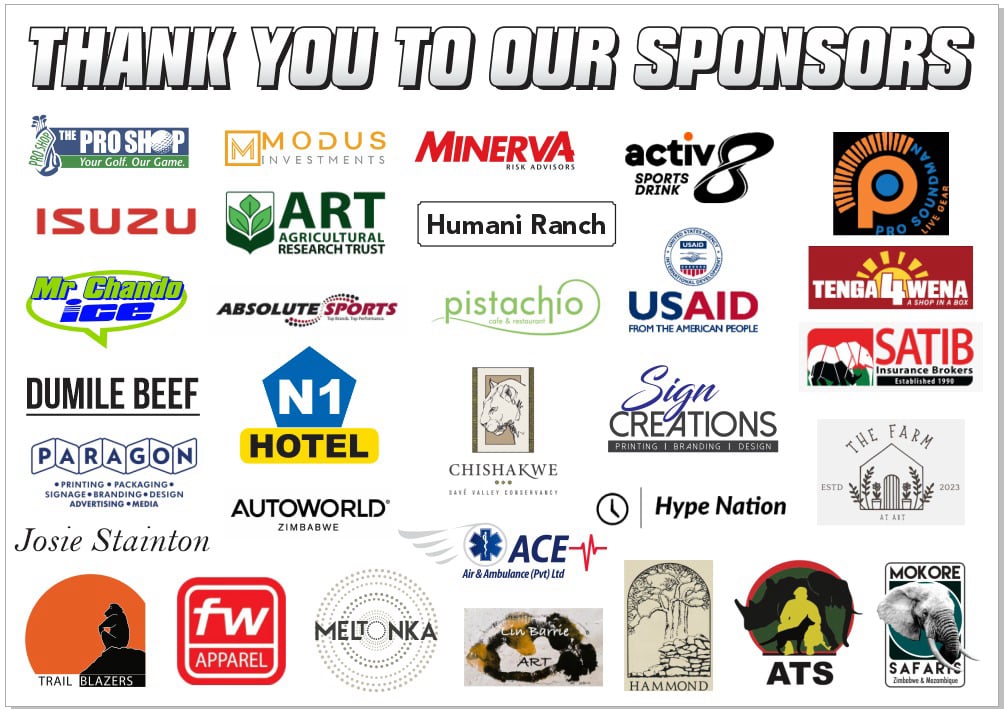
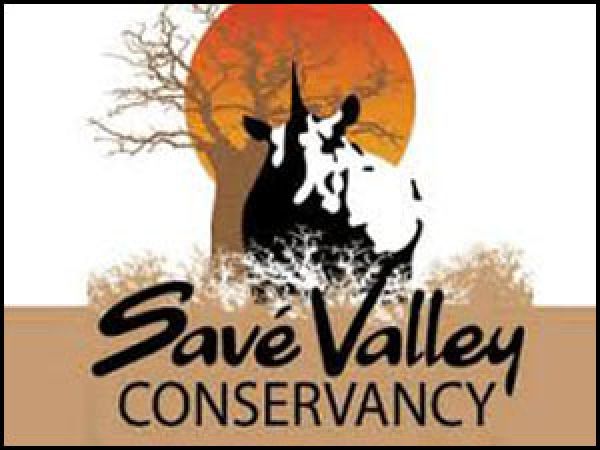
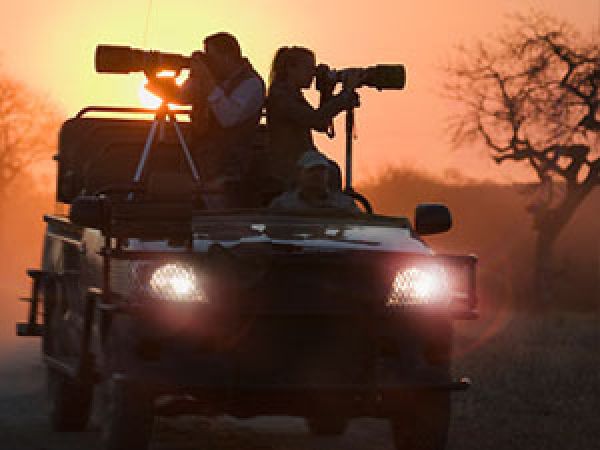
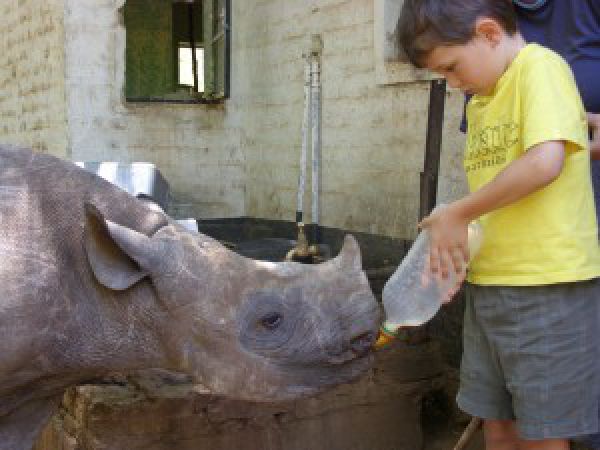
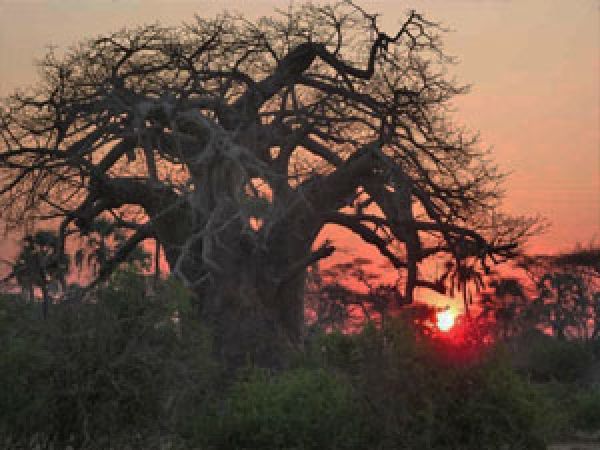

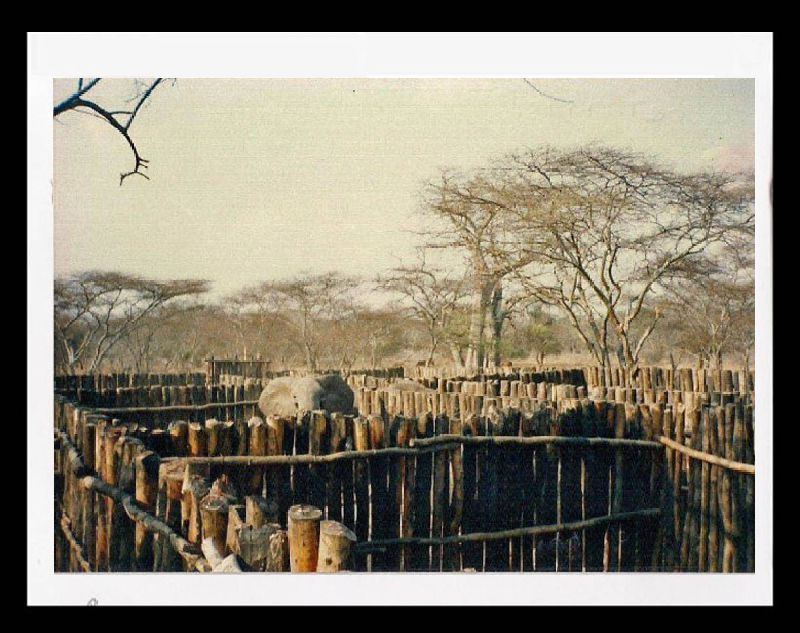
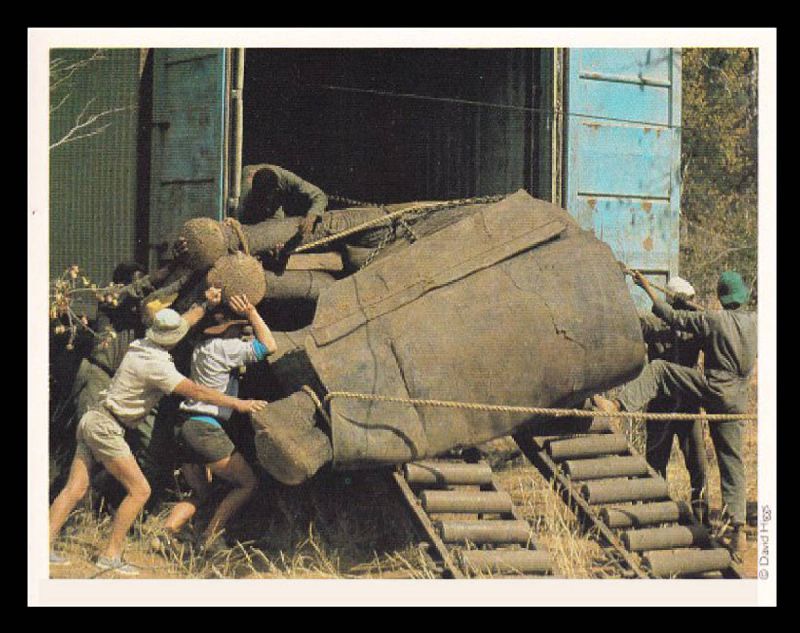
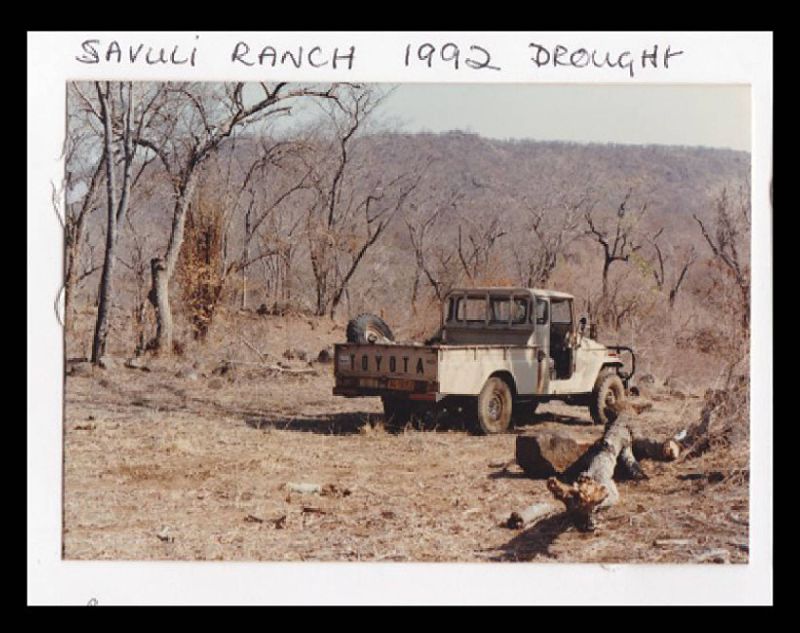
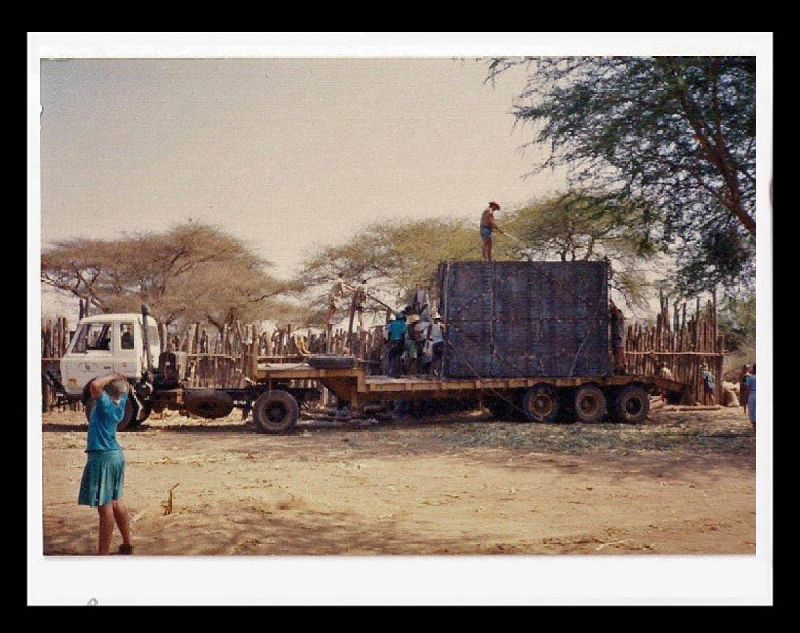
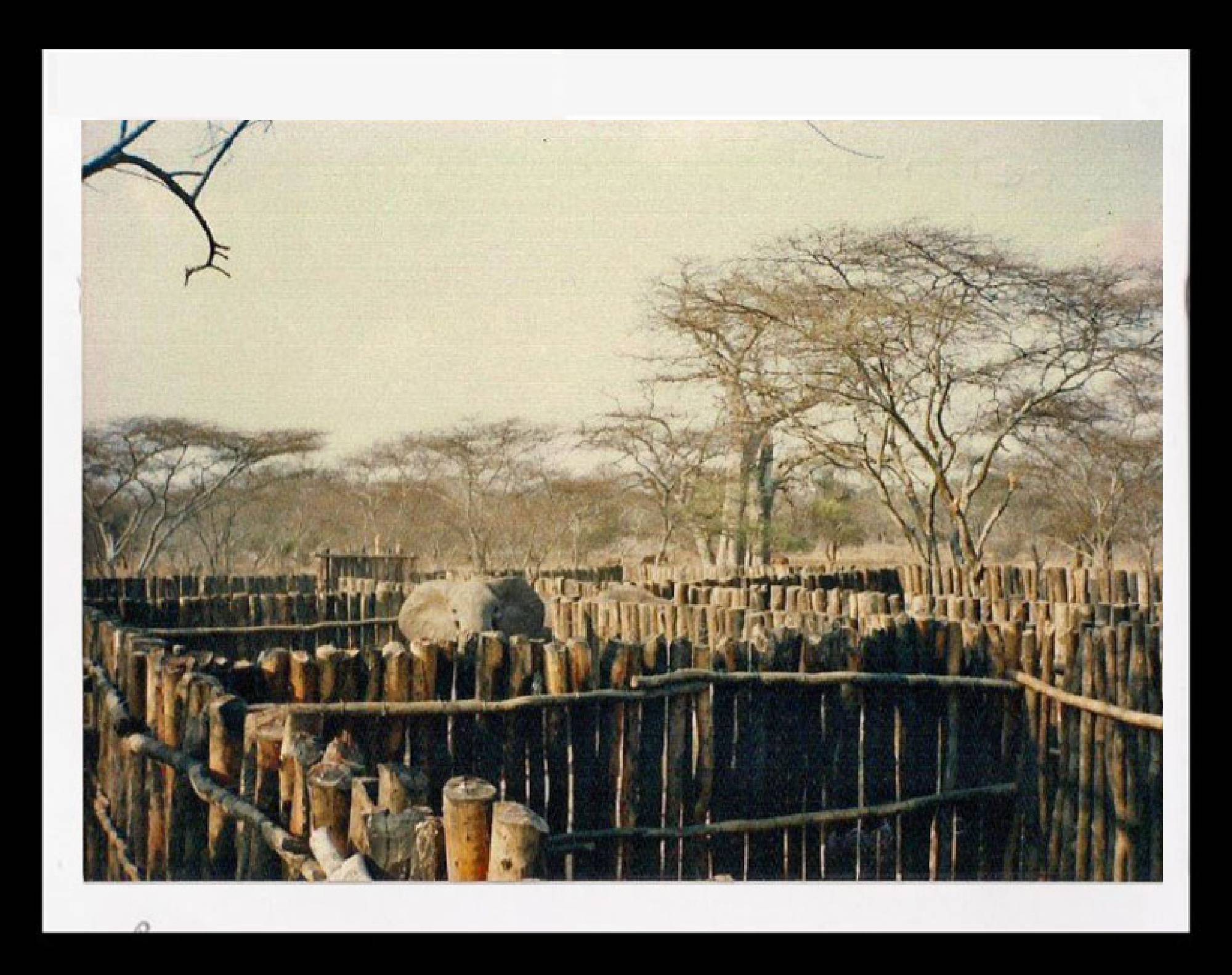
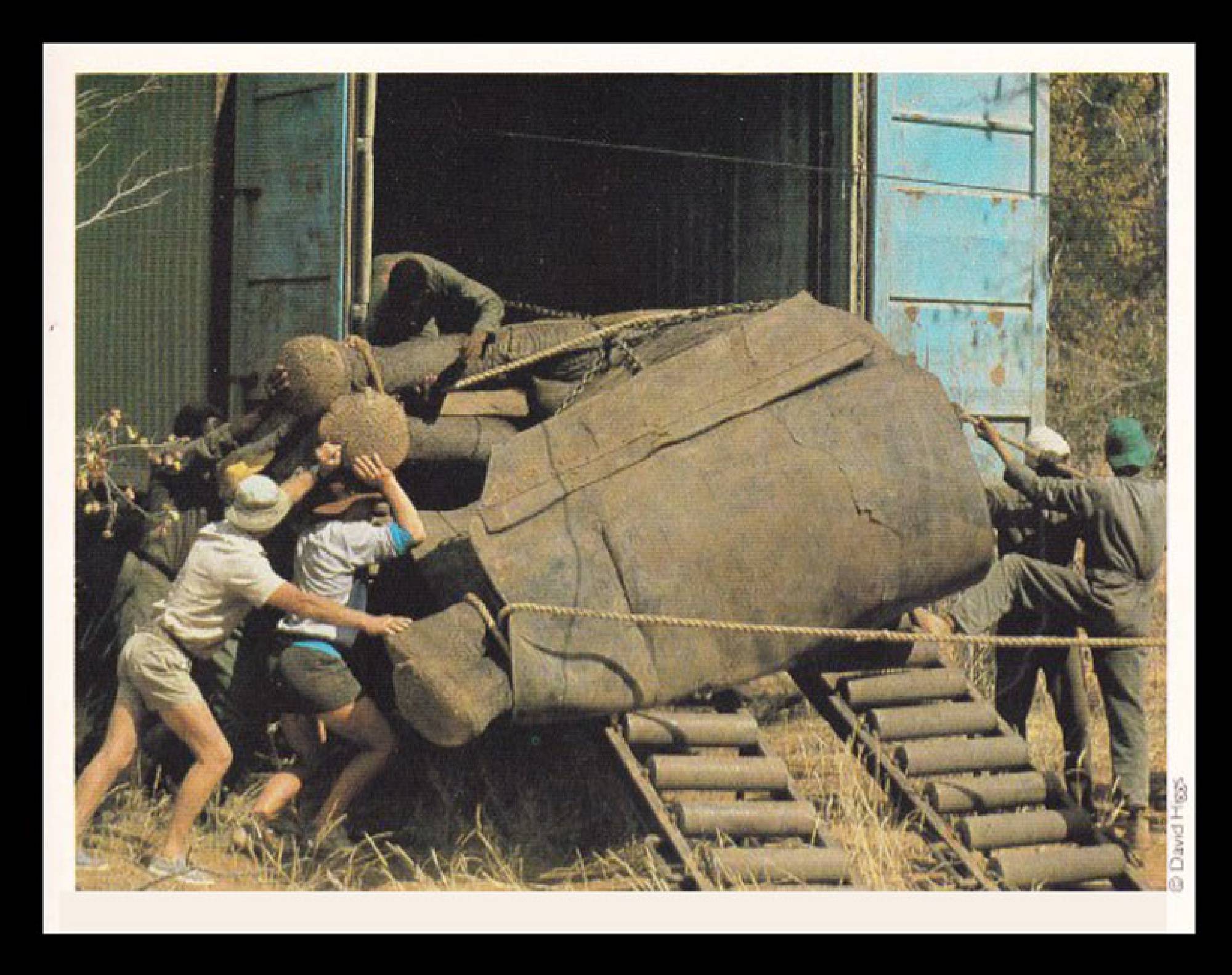
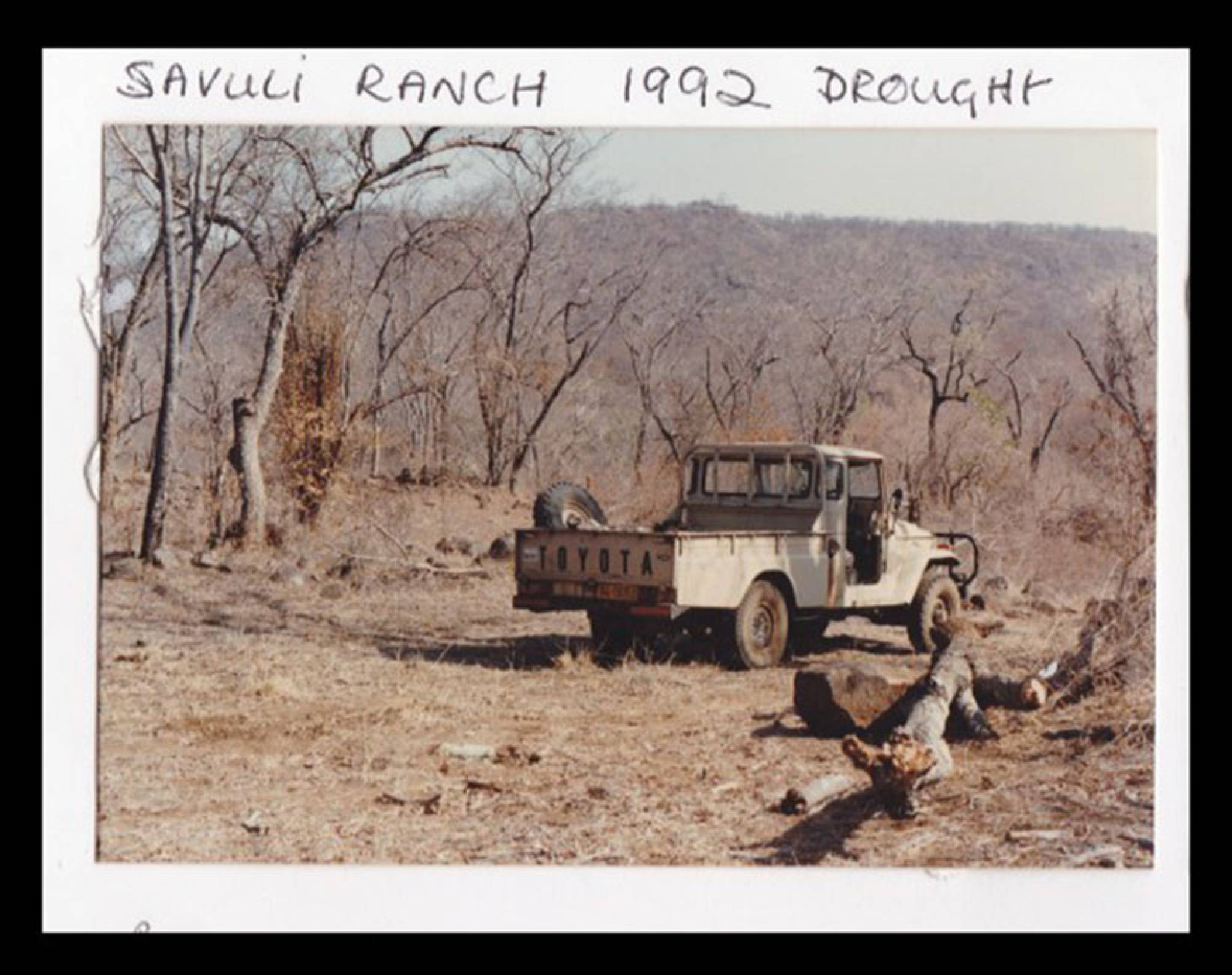
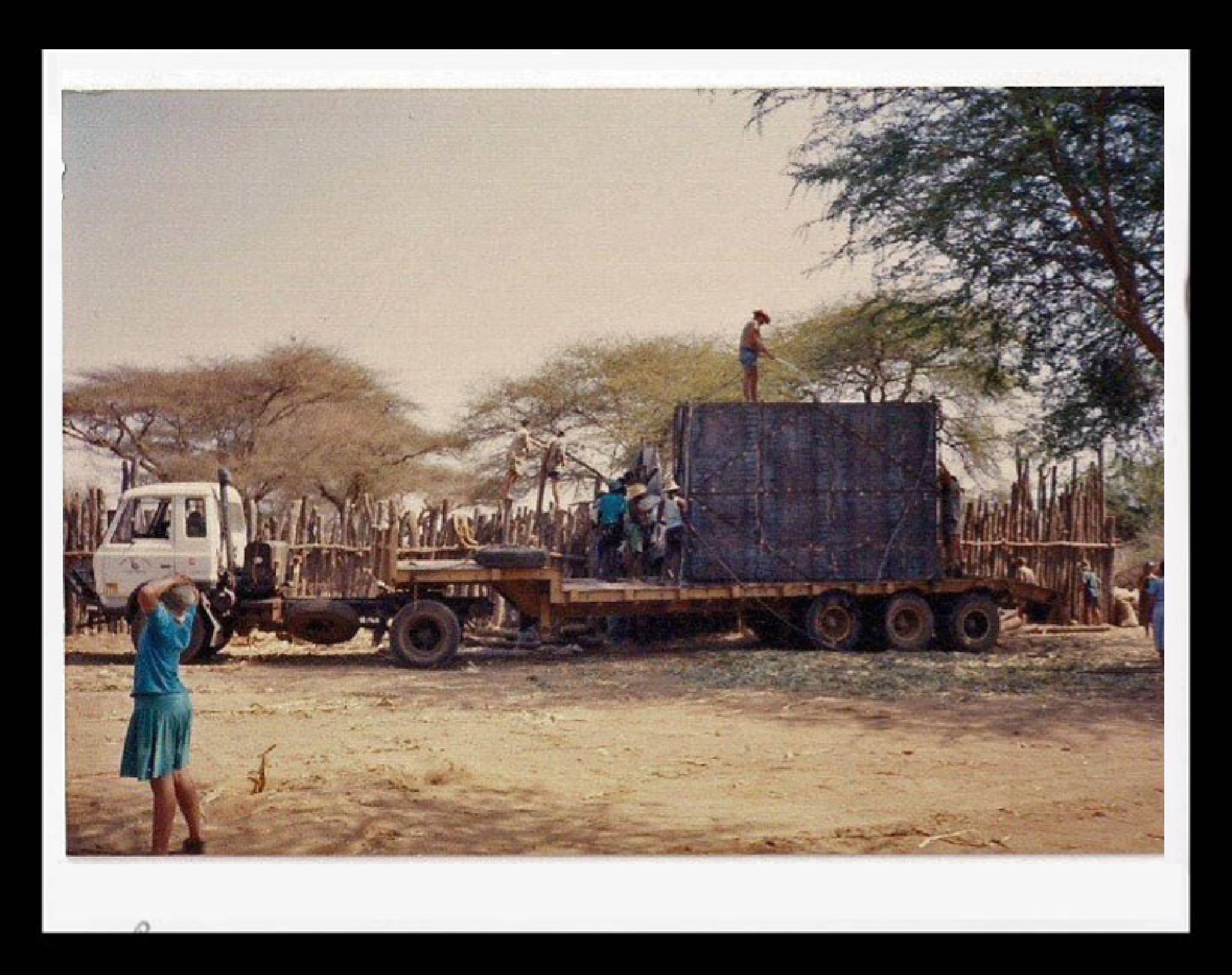
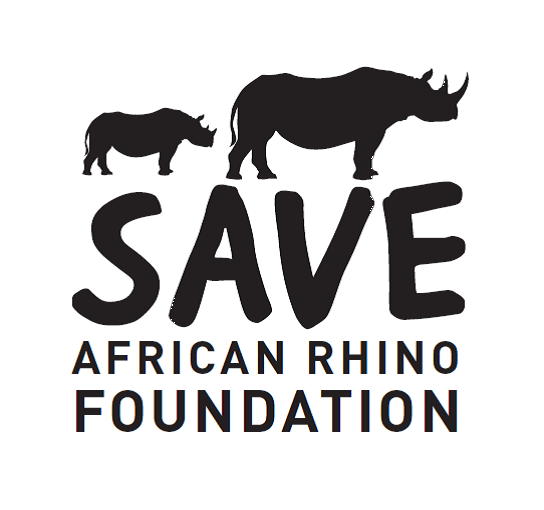
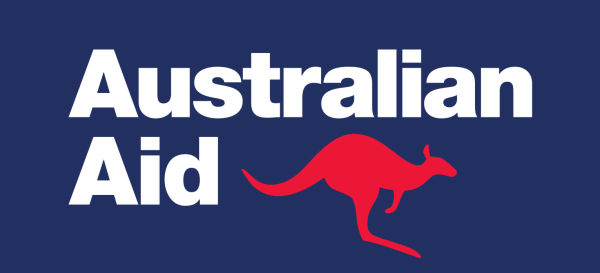
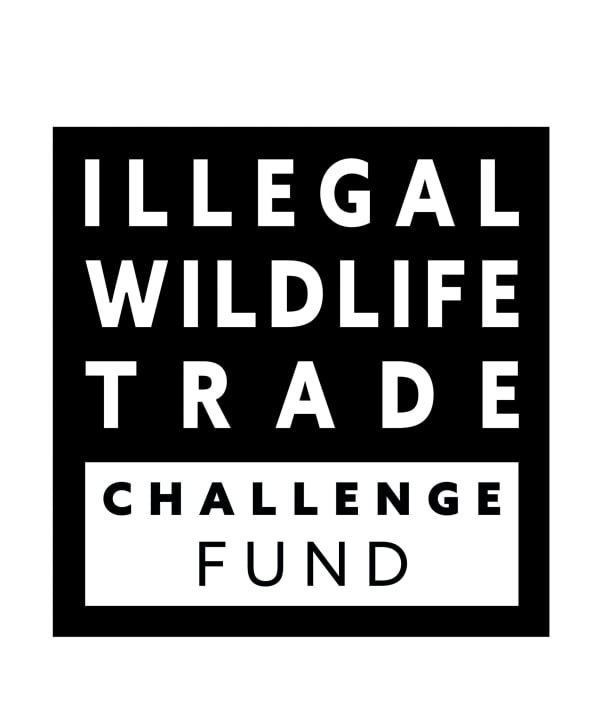
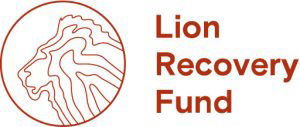

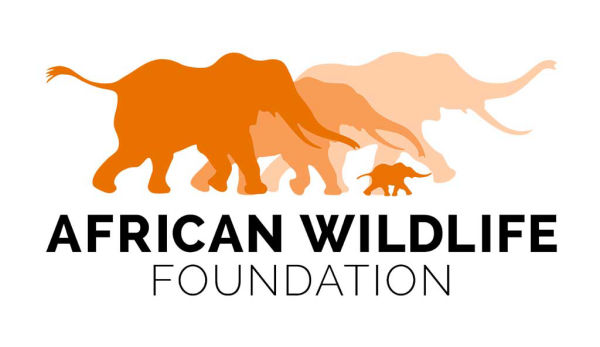

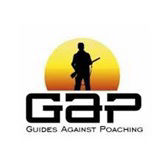
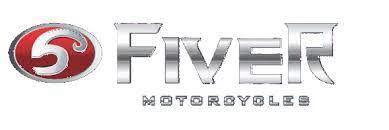
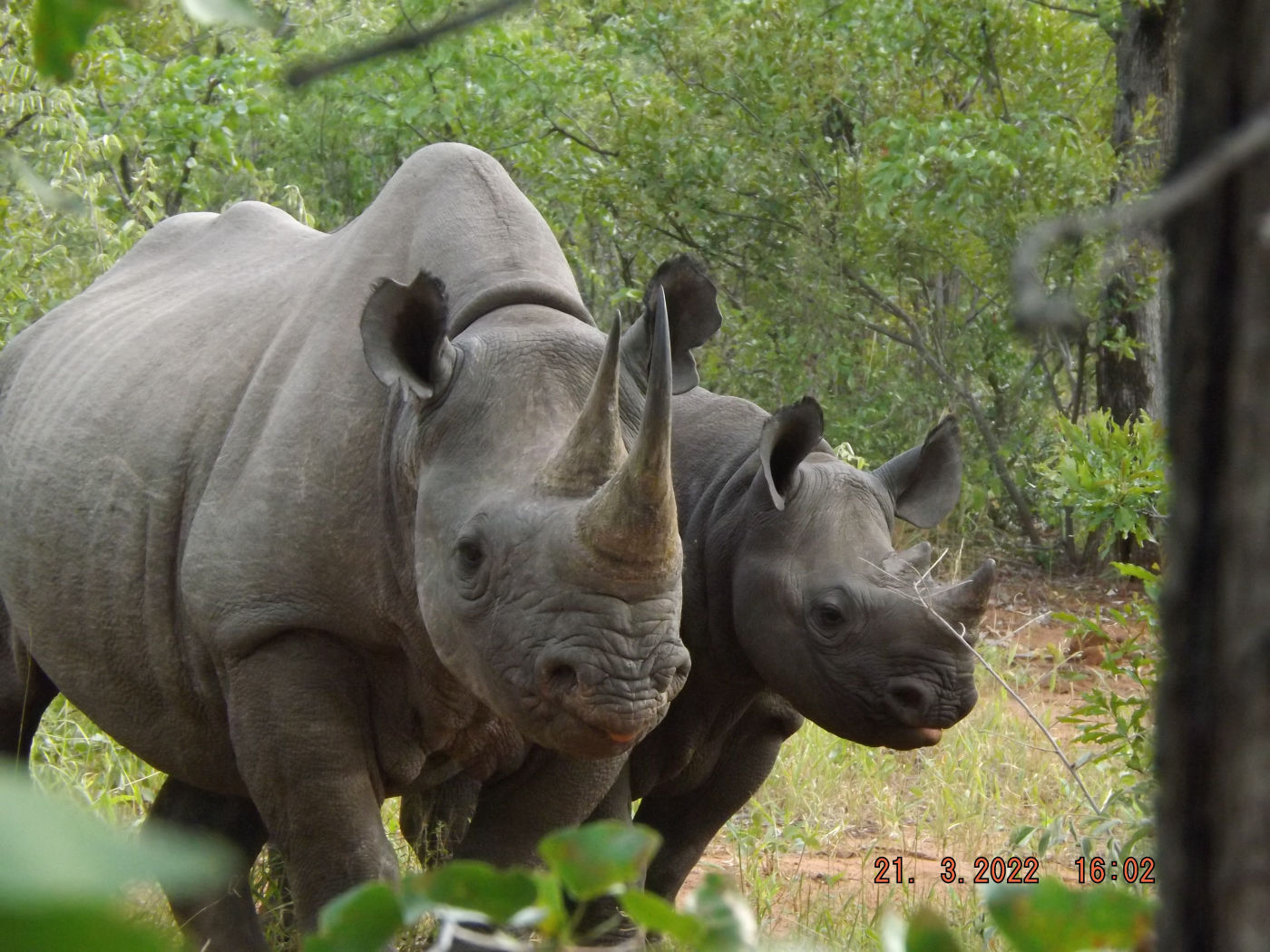
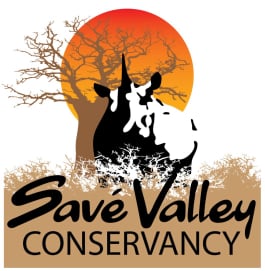
FOLLOW US